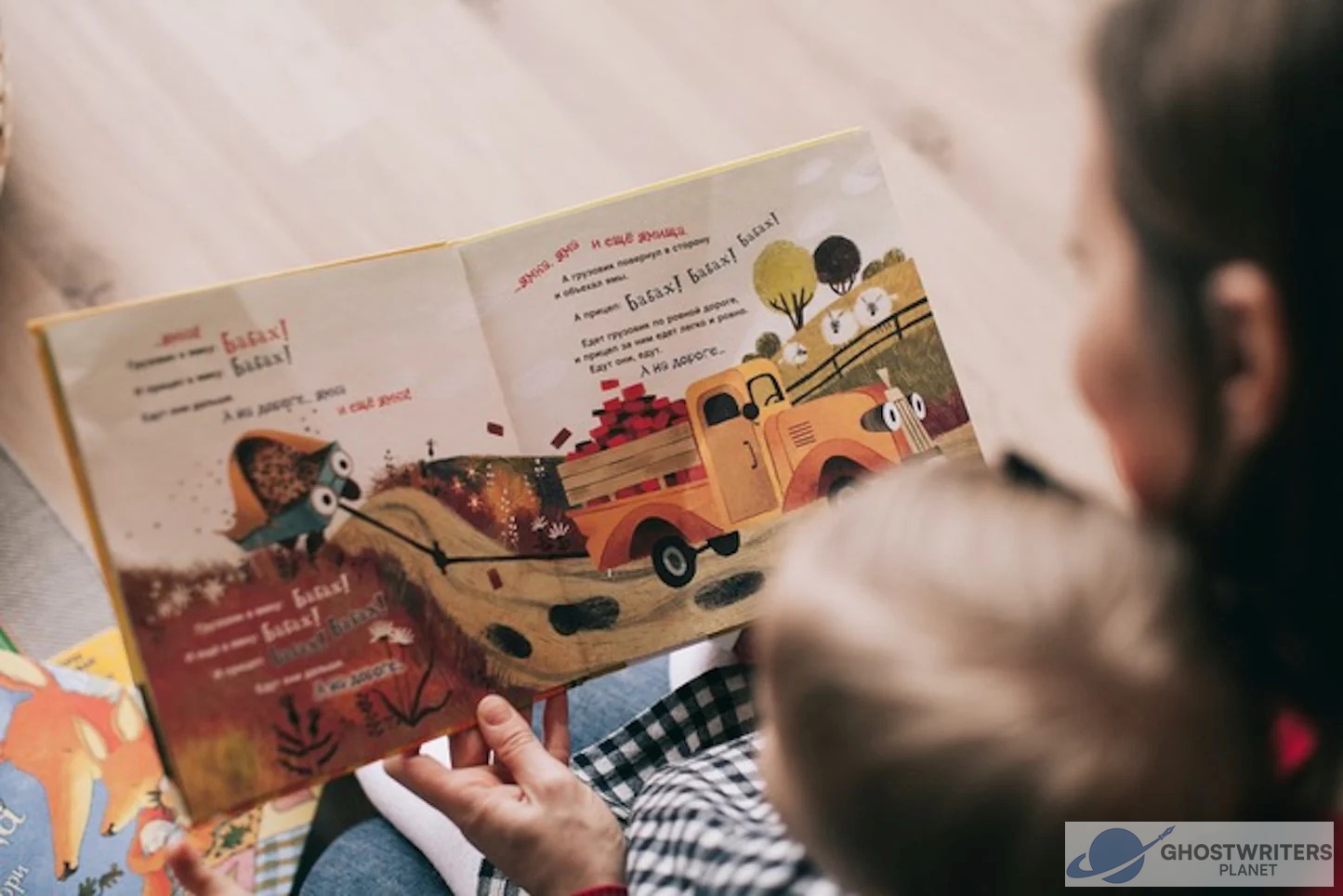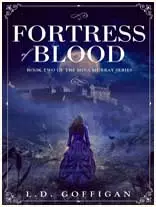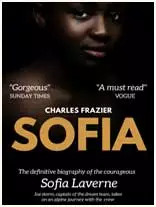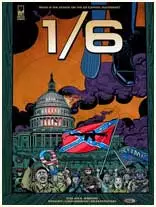How to Begin Writing a Children's Book

Writing a children's book can be magical. You are not just telling a story; you are actively shaping minds, inspiring imaginations, and creating kids who will read for the rest of their lives. However, if you are wondering how to write children's books, you would not be alone. First-time authors, more often than not, do not know where to begin or how to bring their ideas to life.
Well, this is your guide to every step from inspiration to organizing, helping you confidently begin the writing process or seek assistance from professional children's book writing services.
Step 1: Know Your Audience
Children's books differ massively from one another, primarily on account of the age of the reader. Before writing, ask: Who is this book for?
Categories include:
Board Books (Ages 0-3): Simple visuals, one-word pages.
Picture Books (Ages 3-7): 200-800 words with illustrations.
Early Readers (Ages 5-9): Easy vocabulary, short chapters.
Chapter Books (Ages 7-10): 1,000-10,000+ words, more in-depth plots.
Middle Grade Books (Ages 8-12): 20,000-50,000 words, deeper themes.
Knowing your age group will determine your vocabulary tone and structure — a children’s book writing service can help you.
Step 2: Develop Your Big Idea
Children's books often rest on fairly simple themes with great impact, friendship, courage, curiosity-even self-discovery. Ask yourself:
What lesson do I want to share?
What kinds of characters will connect with kids?
Is the story funny, educational, emotional, or adventurous?
Write down a basic premise-something like this:
A shy bunny learns to speak up and help a lost friend find their way home.
Then build the structure around it.
Step 3: Create Memorable Characters
Children become enthralled by characters. Think of The Very Hungry Caterpillar or, better yet, think Harry Potter: what makes these characters unforgettable?
Tips for crafting lovable characters:
A distinctive voice or quirk
Keep personalities simple and constant
Struggles that kids can relate to
Use visual or fun details (e.g., a fox that only talks in rhymes)
A strong main character is the heart of any good children's book.
Step 4: Story Structure
Even if it is a picture story with only a few words, or 5,000 words in early readers, a good story should have a certain symmetry, marked out clear beginnings and endings:
Beginning: Introduction of character and world.
Middle: Introduction of a problem or conflict.
Climax: Hitting the peak of contention.
End: Resolution of the issue and relaying of the message or lessons.
Even the simplest of books run their benefits through this flow. Keep sentences short and active. Use repetition to instill ideas and rhythm.
Step 5: Make it Visual
Children's books are made not by words but by the experiences occupied with visual storytelling.
Tips for making it automatic:
Leave spaces for illustrations (if you are writing a picture book).
Use language that is vivid and sensory that an illustrator can bring it alive through.
Use dialogue or actions to break up long blocks of text.
Think in scenes, what would a child "see" while reading?
It does not matter if you are not an illustrator; you should be writing first. You can always use a professional or hire a team through a children's book ghostwriting service.
Step 6: Read out Loud as You Go
Children's books are to be heard-read aloud. So, if you read your manuscript aloud, check if:
Does the rhythm feel natural?
Are any sentences too long or too complex?
Does the dialogue sound like how children speak?
Is there a good pace and emotional flow?
It may sound awkward for you; it may also not sound natural by a child. Reading aloud rather hones the tone and makes the book more adequate for audience appreciation.
Step 7: Edit and Get Feedback
Once you draft it, maybe let it lie around for a couple of days and edit:
Chop out excess words or phrases.
Make a stronger beginning and ending.
Clarify an age-appropriate message.
Have a good look at spelling, grammar, and flow.
Also, get feedback from:
Parents or teachers
Children (when appropriate)
Professional editors or writing coaches
Honest insights can make you transfer that story into something truly magical.
Want Not To Do It by Yourself? Hire Ghostwriters
A good amount of time is spent writing a children's book. However, it is not always easy to do that. This is where writing services for children's books come into play. At Ghostwriters Planet, our professional children’s book writing services will:
Help you brainstorm and compose your storyline.
Write in your voice or take your draft to the next level.
Give you an illustration collaboration.
Ensure that your book is age-appropriate.
Guide you through self or traditional publishing.
You dream it, we narrate it.
Final Thoughts: Start Writing, Start Dreaming
Children's books create wonders and leave their readers with lasting memories. If you have always dreamed of penning one, now is the right time for you to start. Begin small. Be patient. And above all, remember that your story matters.
Ghostwriters Planet will also definitely help if you are stuck. With great children’s book writing services, we will transform books that kids (and parents) would love.
Ready to bring your children's book to life?
Get in touch with Ghostwriters Planet today and let's get those stories rolling together.
limited Time offer
- 00
- 00
- 2





